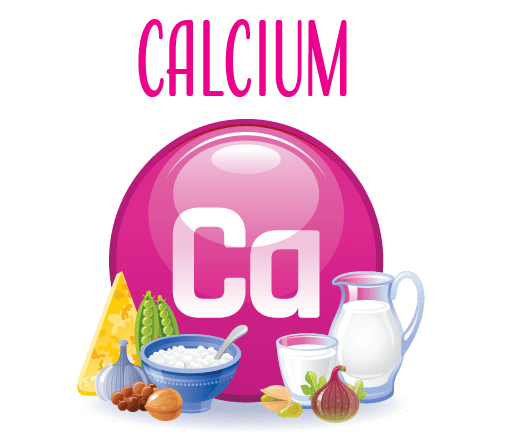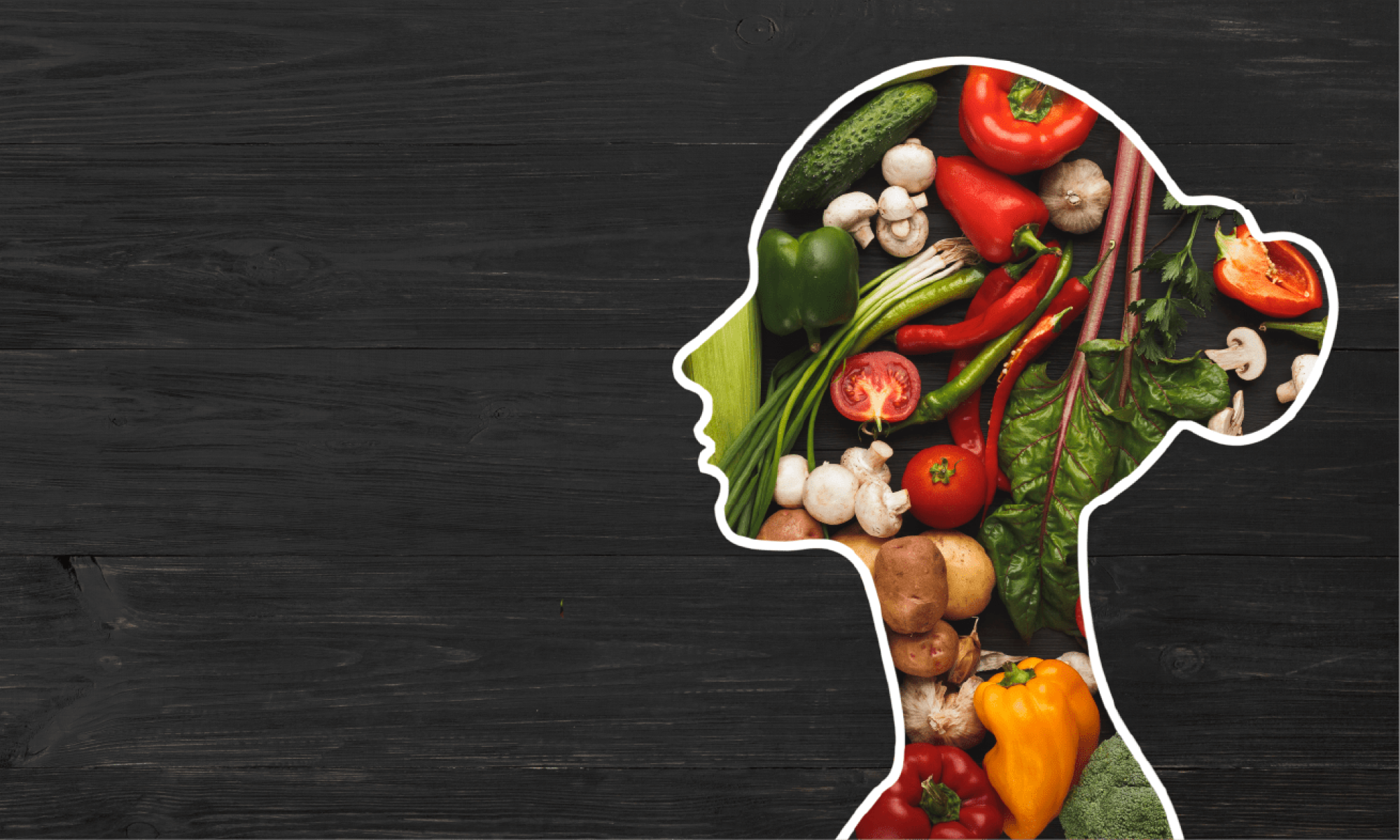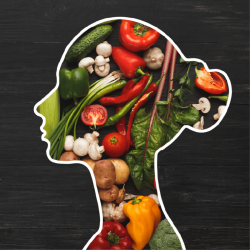
Exploring Calcium: Sources for Strong and Healthy Bones
While most people think of milk and other dairy products as the primary sources of calcium, there are many other food options that can provide the same benefits. Leafy greens such as spinach, collard greens, and kale are excellent sources. Nuts, seeds, and beans are also good options for those looking to increase their intake without consuming dairy. Fortified products such as orange juice, cereal, and plant-based milks can also provide a substantial amount of calcium.
It’s essential to ensure that you are getting enough calcium in your diet to maintain strong bones, healthy muscles, and overall health. With so many options available, it’s easy to find a diet that suits your preferences and dietary restrictions. Talk to your doctor or a registered dietitian about how you can ensure that you’re consuming enough calcium for your body’s needs.
Calcium recommendations are 700mg for children aged 1-3 years, 1,000mg for ages 4-8, 1,300mg for ages 9-18 and 19-50, and 1,500mg for those over 50.
Meat & Protein

Nuts & Seeds
1 tablespoon of sesame seeds contains about 9% of the daily value
1 tablespoon of sesame seeds contains about 9% of the daily value
1 ounce of almonds gives around 8% of the daily value of calcium.
1 ounce of hazelnuts offers about 3% of the daily value of calcium.

Grass Fed Dairy
One cup of low-fat cottage cheese contains approximately 138mg of calcium, which is equal to 14% of the recommended daily intake for adults.
According to the USDA, a 6-ounce serving of plain, nonfat Greek yogurt contains about 20% of the daily value (DV) for calcium.
One of the key benefits of ricotta cheese is its high calcium content. A cup serving of ricotta cheese contains around 14-20% of the recommended daily intake of calcium, depending on the brand.
Whole milk contains about 28% of the daily value for calcium per cup, while skim milk contains around 30%.
A single serving of low fat mozzarella cheese can provide up to 30% of the daily value (DV) of calcium, making it an excellent source of this vital nutrient.
Vegetable & Leafy Greens
Leafy Greens
One cup of cooked beet greens contains approximately 9% of the recommended daily value. For those who are lactose-intolerant or don’t consume dairy products, beet greens provide an excellent alternative source of calcium
Just one cup of raw kale contains about 9% of the daily value. While one cup of cooked kale contains about 10% of the daily value.
1 cup of cooked spinach contains 24% of the daily recommended value
A single cup of cooked collard greens contains approximately 27% of the daily value.
Mustard greens provide 28% of the daily value cup.
Swiss chard contains a whopping 10% daily value per cooked cup.
In just one cup of turnip greens, you can get a whopping 20% of the recommended daily value for adults.
Did you know?

Calcium can also affect our mood. Low calcium levels have been linked to anxiety, depression, and irritability. Studies show that calcium may help improve mood and decrease symptoms of PMS, too.

When heated, calcium produces a bright, vibrant orange color. When calcium is ignited, it creates a chemical reaction that releases energy in the form of light and heat. This reaction causes the characteristic orange red color we see in the sky. It is also responsible for the bright orange color in streetlights and car headlights.

Calcium is the fifth most abundant element in the Earth’s crust and can be found in rocks, soil, and water. Our bodies constantly require calcium, as it is involved in numerous bodily processes, such as muscle contraction, blood clotting, nerve function, and hormone secretion. Food sources for calcium are readily available.



